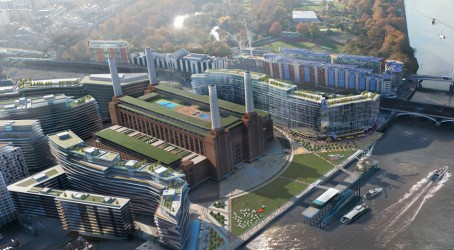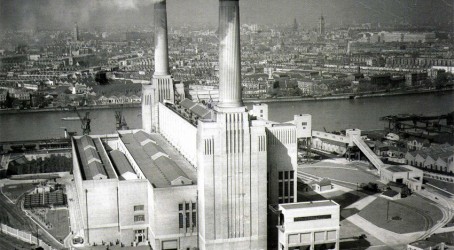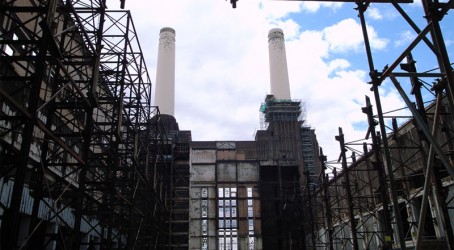Editor's Pick
London's Battersea Power Station, the largest brick building in Europe, and the surrounding area are set to be transformed over the next few years.
Phase one of the work, which was given the go-ahead in December 2012, includes redevelopment of the Grade II* listed power station and construction of eight new buildings to the west of the 39 acre site.

Named 'Circus West', the adjacent site will comprise of 800 one, two and three-bedroom apartments, townhouses and penthouses. The buildings will also house offices, shops and leisure facilities.
The site, which is due to be completely redeveloped by 2016, will also provide large areas of public open space including a new six acre riverside park with direct access to Battersea Park and Chelsea via a new riverside pathway adjoining the existing River Thames Walk.
The proposal to extend the London Underground's Northern line, with the intention of serving the newly redeveloped Nine Elms and Battersea, has also been put forward.
The government pledged support for the extension in December 2012, and the final decision is expected in spring 2013.
Brief history of the Battersea Power Station

Today Battersea power station is known for being one of the most significant surviving examples of Art Deco architecture, but back in its day it was a fully functional coal-fired power station.
The mammoth station was built in the 1930s on the south bank of the River Thames and comprises of two individual stations, built in two stages, to form a single structure.
Battersea A was built first, with Battersea B (east) added on in the 1950s.
The two stations were built to an identical design, creating the four-chimney layout.

The station ceased generating electricity in 1983, but over the past 50 years it has become one of the best known landmarks in London.
Since the station's closure the site has remained largely unused, with numerous failed redevelopment plans from successive site owners.
In 2011 English Heritage included Battersea in its Heritage at Risk register which lists buildings or structures which are at risk due to neglect or decay.
